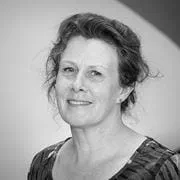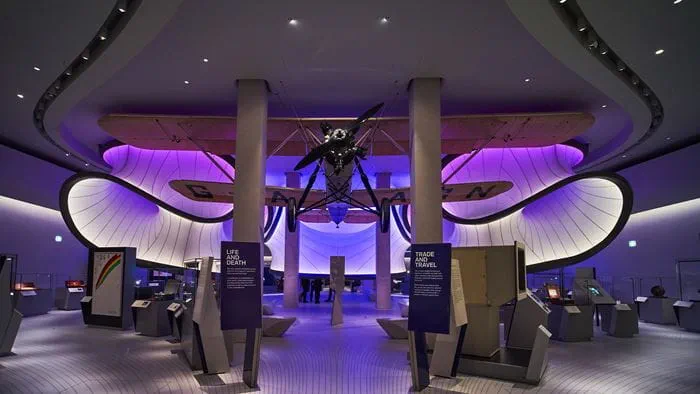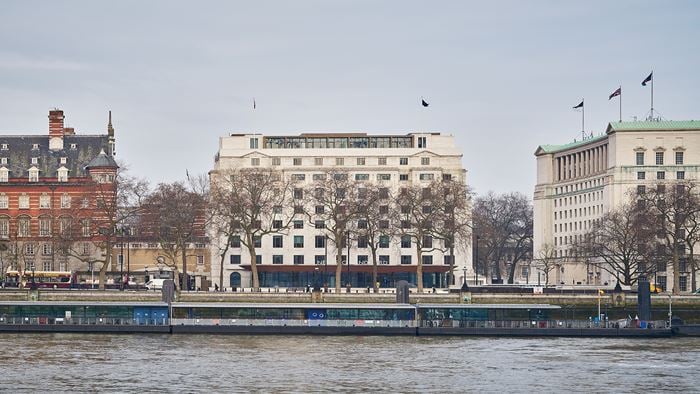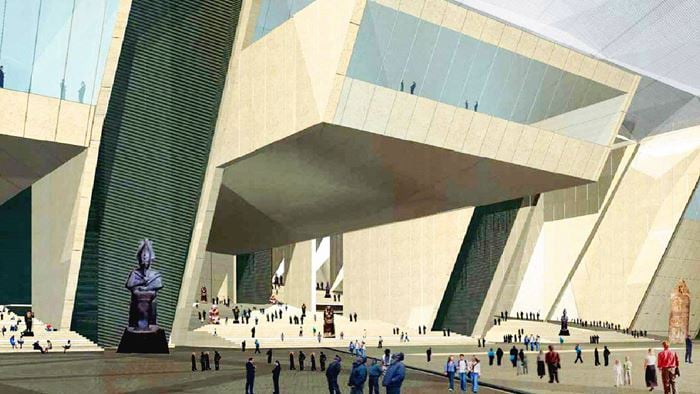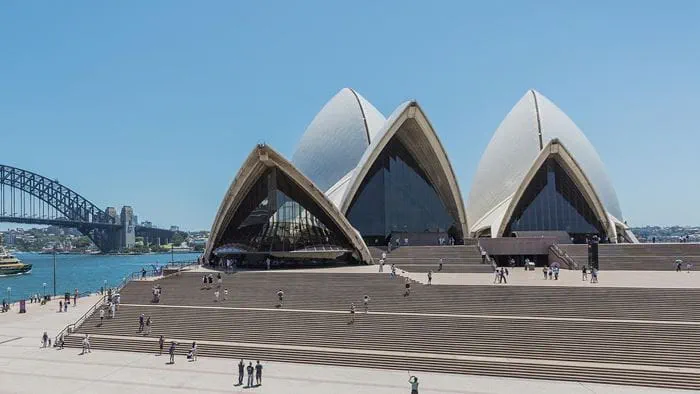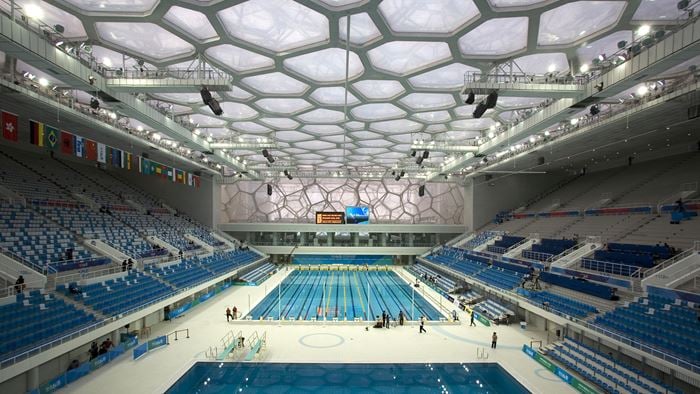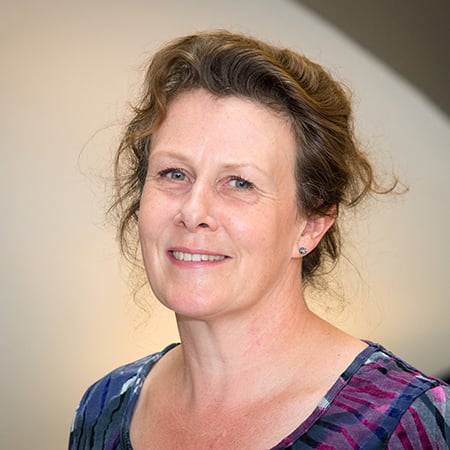The Southbank Centre is rejuvenating its Festival Wing to upgrade the stages, galleries and back-stage areas, to improve access and enable a wider remit of event programmes. The Festival Wing's Hayward Gallery is the first aspect of the project to be completed. The Queen Elizabeth Hall and Purcell Rooms will open later this year.
The individual renovation projects at the Festival Wing have been designed to enable future developments in line with the Southbank Centre’s long term vision.
Arup was appointed as the engineers for the Southbank Centre back in 1967. Our original data and drawings negated the need for further site investigations, to continually offer the best management of the world famous arts venue.
As the separate building projects slot into and overhang each other, careful sequencing and interventions were necessary to avoid wasted time on site. From the outset, our project management and structural engineering teams worked to build open communication with external teams. This coordination between the architects, services engineers and our structural engineers is continuing to help keep repair works to a minimum.
Project Summary
3 venues renovated to 21st century standards
14,000m²Gross Internal Area of performance space
BIM Level 2standard
Restoring a Henry Moore design
One key element of the refurbishment at the Hayward Gallery has been to restore the 66 glass pyramid rooflights. The original rooflights, based on a concept by sculptor Henry Moore, never worked as intended. Leaks forced the installation of a false ceiling that blocked out natural light, reduced the height of the upper floor galleries, and limited the work that could be shown. The new rooflights correct this design issue by controlling natural light entering the gallery space. In addition, new structural hanging points give artists and curators increased scope for displaying artwork.

Creating new spaces
The Festival Wing project is also reclaiming underused space to create a new bar and entrance. Unnecessary partitions have been removed and new connections between the external walkways and the interior spaces are being created. New openings in the reinforced concrete walls will draw in natural light and allow better access from Queen's Walk.
Bringing light to the foyer
The foyer space to the Queen Elizabeth Hall and Purcell Room was dark and unwelcoming. In collaboration with architects Feilden Clegg Bradley we are refreshing the entrance, creating a bright clean space. By replacing some of the structural concrete exterior walls at the south west corner with glazing, natural light will flood the foyer. New steel posts have been carefully coordinated with the glazing system, restoring the vertical load path by supporting the remaining portion of the wall. Once finished, the foyer will include a new bar and improved disabled access to the auditoria.

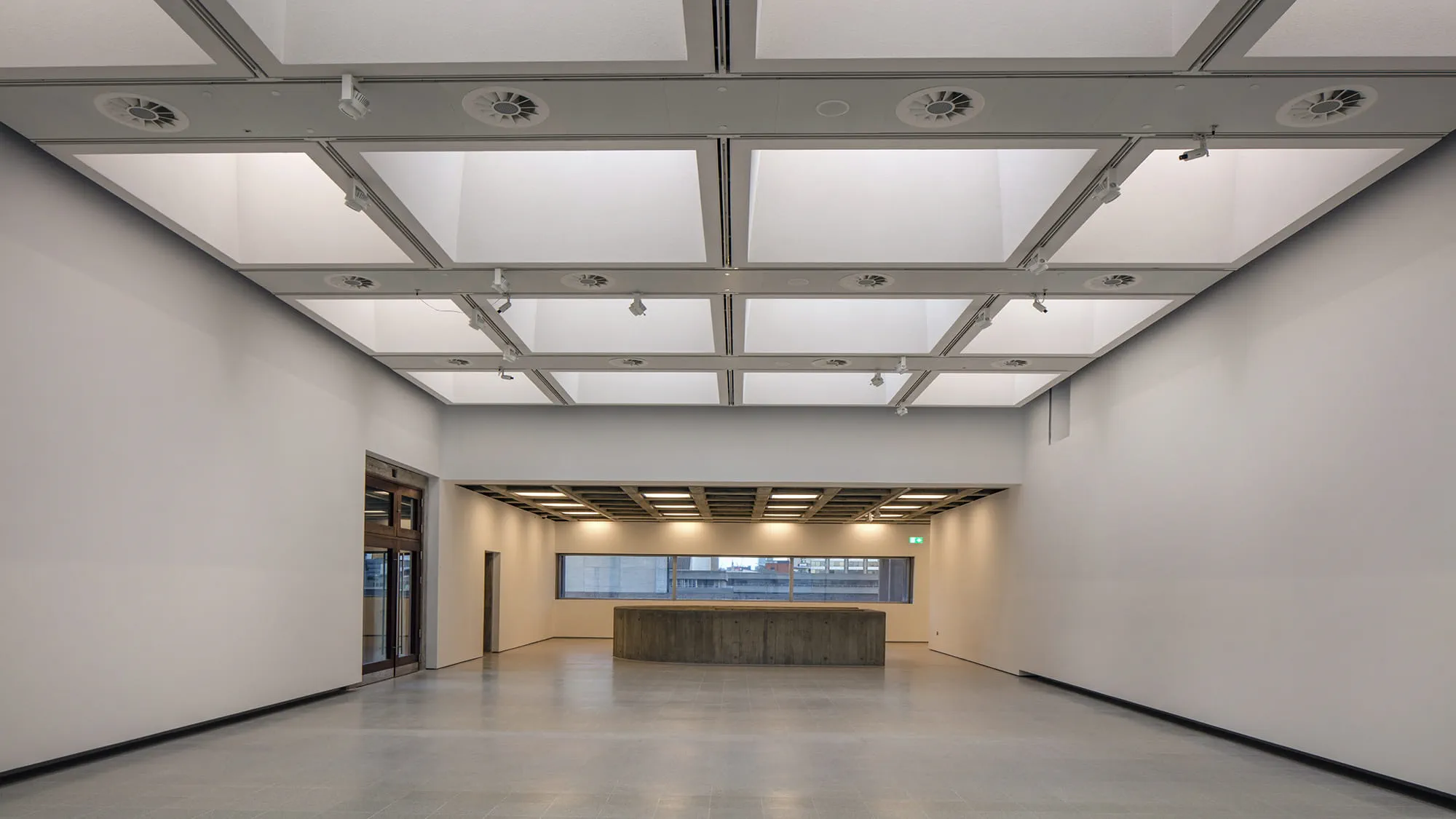 ;
;
